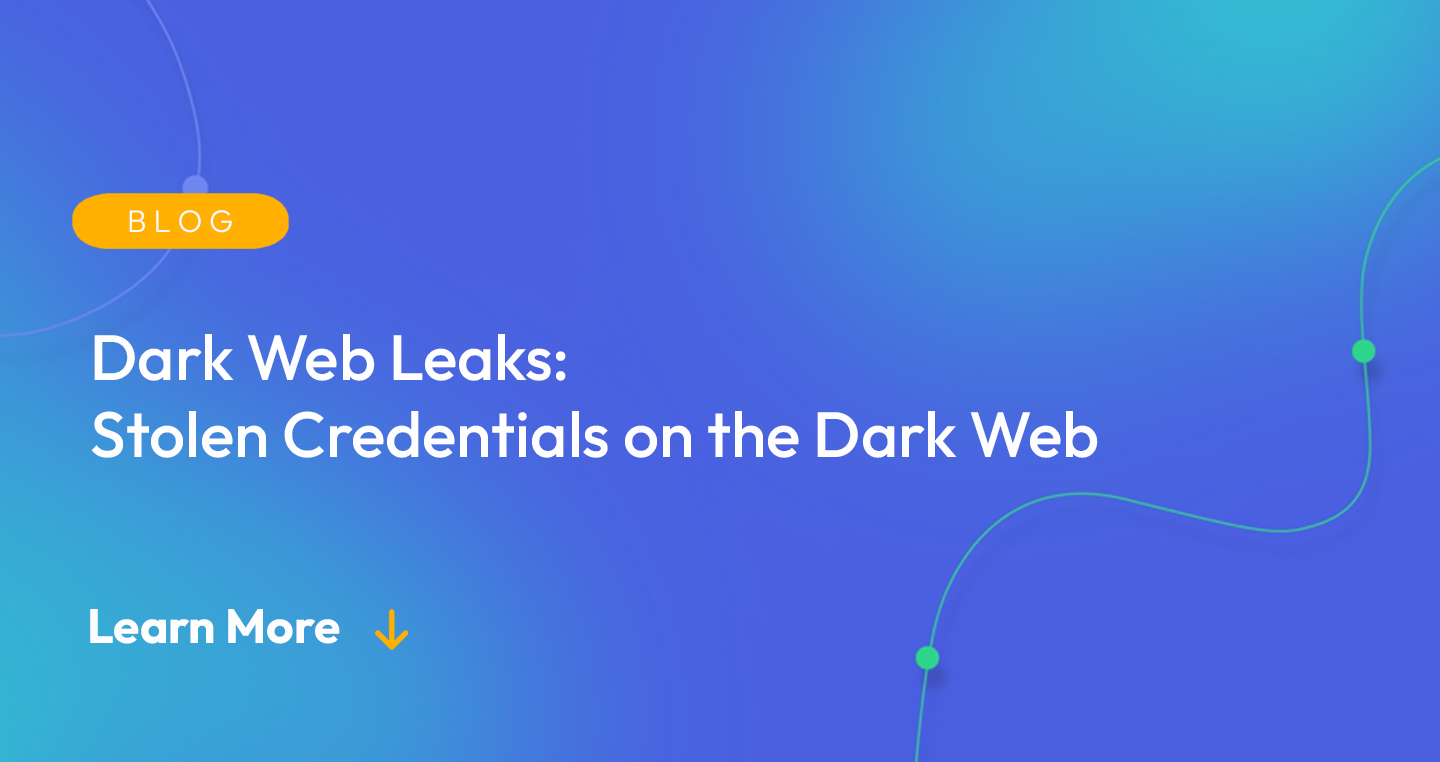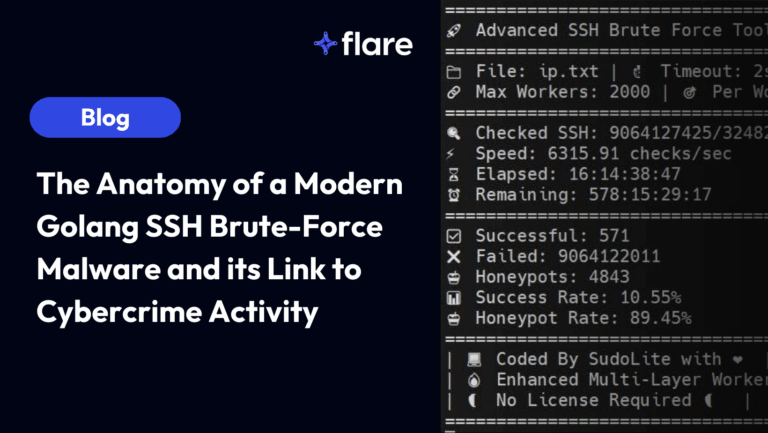
The dark web is a marketplace for cybercriminals who deal in stolen information, including usernames, passwords, credit card details, and other sensitive personal data. This information can be obtained through various means, including data breaches, phishing scams, and malware attacks. Once this information is stolen, it often ends up for sale as dark web leaks.
Dark web leaks represent a significant threat to businesses and individuals alike. Stolen credentials can lead to unauthorized access, identity theft, financial loss, and a host of other problems. The ability to detect and react to these leaks is a critical component of effective cybersecurity.
Understanding the Dark Web and Its Role in Cybercrime
What is the Dark Web?
The dark web is deliberately inaccessible through standard browsers and requires specific software, such as Tor (The Onion Router), to gain access. The allure of the dark web lies in its perceived anonymity, as it masks users’ identities and locations.
Cybercriminals often engage with dark web forums and marketplaces for illegal activities, including the buying and selling of stolen data. This data can range from personal information like credit card details to login credentials for various online platforms.
How Do Dark Web Leaks Happen?
These stolen credentials are often obtained through malicious tactics like spear phishing, malware attacks, or exploiting security vulnerabilities in software. Once stolen, they are often sold or traded on the dark web that’s come to be known as “dark web leaks.”
Dark web leaks represent a significant aspect of cybercrime, posing threats to individuals and corporations alike.
How Stolen Credentials are Harvested and Leaked on the Dark Web
Stolen credentials become a goldmine for cybercriminals, paving the way for a multitude of nefarious activities. The process of harvesting these credentials and subsequently leaking them on the dark web involves a combination of cunning tactics, advanced technology, and exploitation of human error. Below are some ways threat actors steal credentials:
Data Breaches:
One of the most common ways credentials get stolen is through data breaches. These occur when an unauthorized individual or group gains access to a company’s protected network and extracts sensitive data. Cybercriminals often target large corporations that hold vast amounts of user data. Once malicious actors extract this data, they often sell it in bulk on the dark web.
Phishing Attacks:
Phishing attacks are deceptive tactics that trick users into revealing their credentials. Cybercriminals pose as a trusted entity (like a bank or a company leader) and send emails or messages prompting users to share sensitive information. Threat actors can then sell these stolen credentials or use them for further attacks.
Malware:
Malware, or malicious software, is another tool used to steal credentials. Certain types of malware, such as keyloggers or spyware, can record keystrokes, capture screenshots, and monitor user activity to gather sensitive information, which can then be sent back to the cybercriminal.
Credential Stuffing:
In credential stuffing attacks, cybercriminals use automated tools to test combinations of usernames and passwords across multiple websites. This method capitalizes on the fact that many people reuse their passwords across different online platforms.
Once malicious actors harvest these credentials, they often leak them on the dark web. Cybercriminals use encrypted websites, forums, and marketplaces to sell or trade these stolen credentials. Prices can vary greatly depending on the type and value of the data. For instance, credentials for a popular e-commerce or banking site may fetch a higher price than those for a lesser-known platform.
The existence of these thriving black markets for stolen data underscores the importance of robust cybersecurity measures.
The Impact of Dark Web Leaks on Businesses
The leaking of stolen credentials on the dark web can have far-reaching implications for organizations, impacting their financial stability, customer trust, and overall reputation.
Financial Loss:
The most immediate impact of stolen credentials is often financial. Unauthorized access to business accounts can lead to substantial monetary losses, either through direct theft or through fraudulent transactions. Moreover, the expenses associated with mitigating a breach and recovering from it, such as forensic investigations, system repairs, and legal fees, can be significant.
Data and Intellectual Property Theft:
Cybercriminals can use stolen credentials to gain access to a company’s sensitive data, including proprietary information, intellectual property, and confidential customer data. The loss of this data can give competitors an unfair advantage and result in a loss of competitive edge.
Reputational Damage:
Trust is a critical factor in business, and data breaches can severely undermine it. The leakage of customer data can erode consumer trust and loyalty, leading to loss of customers and difficulty in attracting new ones. The reputational damage can also impact relationships with partners and stakeholders.
Regulatory Penalties:
In many regions, businesses are required by law to protect personal data and notify individuals in the event of a data breach. Failure to comply with these regulations can result in hefty fines and legal penalties.
Operational Disruption:
An attacker with access to business credentials can disrupt operations, either by altering data, disabling systems, or launching further attacks from within the network.
As daunting as these threats may be, businesses are not powerless. In the following section, we’ll explore proactive measures businesses can take to detect and mitigate the threat of Dark Web Leaks, emphasizing the role of cyber threat intelligence in enabling businesses to stay one step ahead of cybercriminals.
Proactive Measures: Detecting and Mitigating the Threat of Dark Web Leaks
Combatting the threat of dark web leaks requires a proactive, multi-faceted approach. The goal is not only to respond effectively to attacks but also to anticipate them and prevent them from occurring in the first place. Here are several steps businesses can take to detect and mitigate the threat of dark web leaks:
- Cyber Threat Intelligence: Utilizing a cyber threat intelligence platform can help businesses stay ahead of potential threats. These platforms scour the Dark Web, among other places, for stolen data and alert businesses if their information is found. This early warning can help businesses respond quickly to minimize damage.
- Regular Audits and Monitoring: Regular security audits can help identify vulnerabilities in a business’s systems and network. Additionally, monitoring system and network activity can help detect unusual activity that might indicate a breach.
- Implement Robust Security Measures: This includes using strong, unique passwords, enabling multi-factor authentication, keeping software and systems up to date, and using encryption for storing and transmitting data.
- Educate Employees: Many cyberattacks succeed because of human error. Regular training can help employees understand the risks and learn to recognize and respond to threats, such as phishing attacks.
- Incident Response Plan: Having a plan in place can ensure a quick and effective response to minimize the impact of a data breach. This includes identifying who should be involved, what steps they should take, and how to communicate about the breach both internally and externally.
- Engage Professional Help: Cybersecurity consultants and managed security service providers (MSSPs) can provide expert guidance and assistance, helping businesses improve their security posture and respond effectively to threats.
By adopting these measures, businesses can significantly reduce their risk of falling victim to dark web leaks. In an era where cyber threats are continually evolving, staying proactive and vigilant is more important than ever.
Preventing and Mitigating Dark Web Leaks with Flare
The impacts of these dark web leaks range from financial loss and data theft to reputational damage and operational disruption. In a digital age where cyber threats continually evolve, proactive measures and vigilance are not optional—they are essential.
Flare monitors over 13 billion leaked credentials on the dark web (and beyond) to find any external threats to your organization. Want to learn more? Book a demo to see how we can help.





